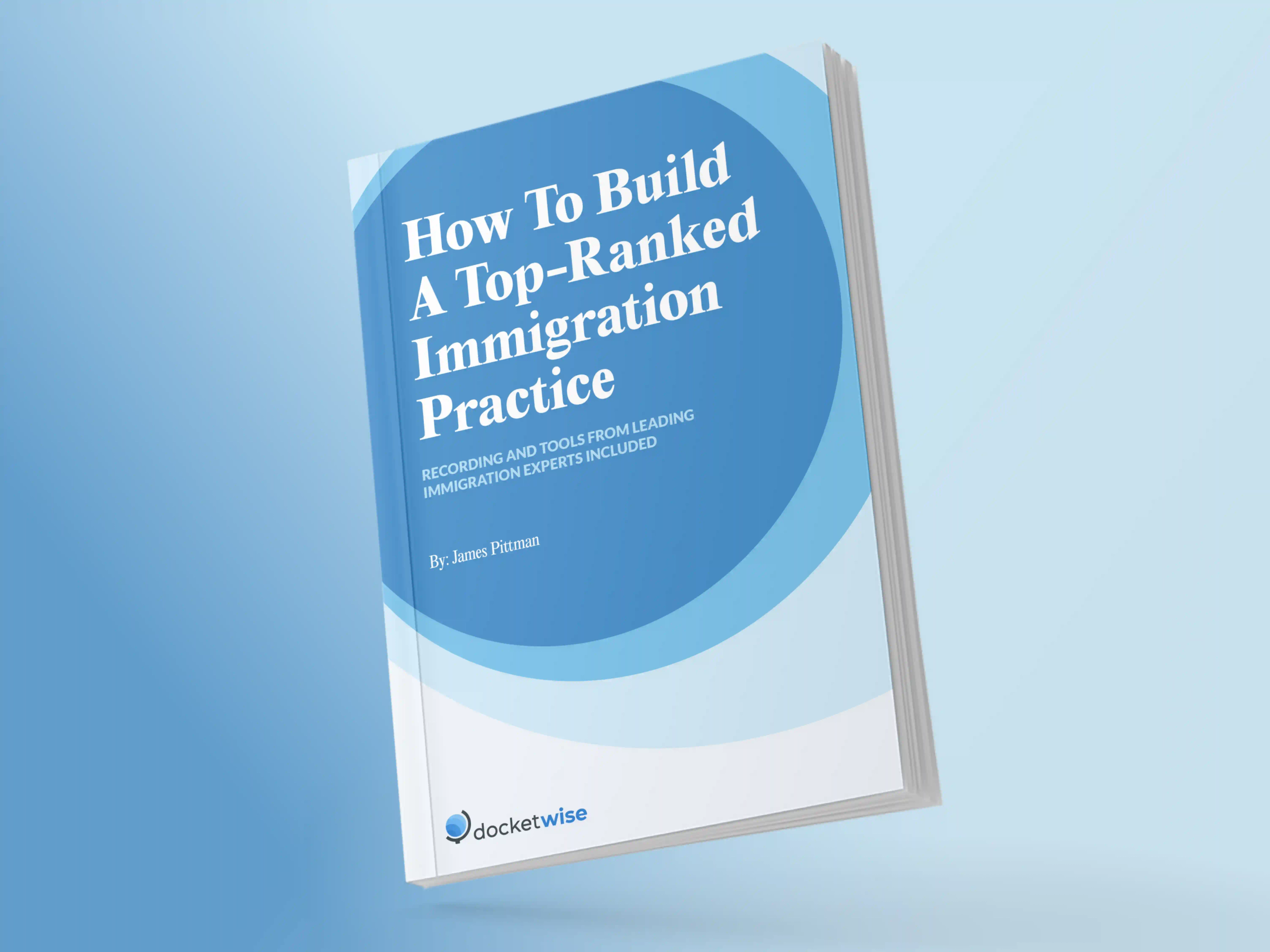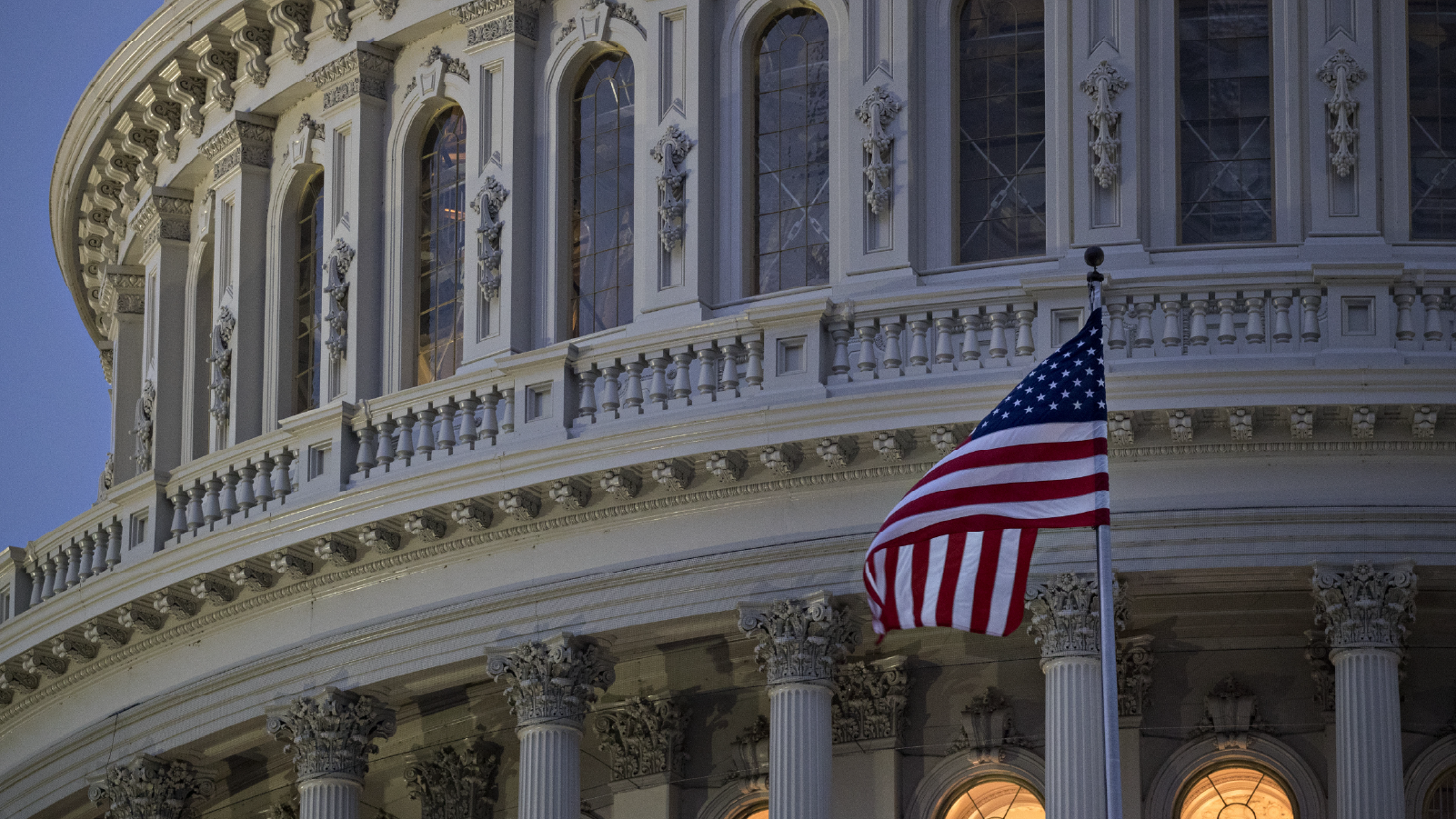The principle of birthright citizenship, enshrined in the 14th Amendment, grants automatic U.S. citizenship to nearly all individuals born on American soil, regardless of their parents’ immigration status. This long-standing constitutional guarantee is once again at the center of political and legal conflict, following a sweeping executive order signed by President Trump on his first day back in office in January 2025.
Titled “Protecting the Meaning and Value of American Citizenship,” the executive order seeks to deny citizenship to children born in the U.S. to undocumented immigrants and certain temporary visa holders. Almost immediately, the directive was met with fierce opposition, sparking a wave of lawsuits, including a major birthright citizenship class action led by the American Civil Liberties Union (ACLU) and more than 20 states. Legal experts argue the order contradicts over a century of established constitutional interpretation, with some predicting that the conflict, now escalating in cases like Trump v. CASA, may ultimately reach the Supreme Court.
For immigration lawyers, these developments raise urgent questions about legal strategy, client communication, and long-term planning. In this article, we’ll break down the legal and historical context of birthright citizenship, the scope and impact of Trump’s executive action, and practical steps attorneys can take to safeguard their clients during this period of heightened uncertainty.
Understanding American Citizenship and Birthright Policies
To grasp the full implications of the 2025 Trump birthright citizenship executive order, it’s essential to understand the legal and historical foundations of this policy. Birthright citizenship has long been a defining feature of American identity and legal tradition, rooted in post-Civil War constitutional reforms and reinforced through more than a century of case law.
Historical Perspectives on Birthright Citizenship
Birthright citizenship in the United States is primarily grounded in the 14th Amendment, ratified in 1868. The relevant clause states: “All persons born or naturalized in the United States, and subject to the jurisdiction thereof, are citizens of the United States and of the state wherein they reside.”
Adopted to secure full citizenship rights for formerly enslaved individuals, the amendment directly overturned the 1857 Dred Scott v. Sandford decision, which had denied citizenship to African Americans. This principle was later affirmed in United States v. Wong Kim Ark (1898), where the Supreme Court held that a child born on U.S. soil to noncitizen Chinese parents was entitled to U.S. citizenship under the Constitution.
To this day, the United States is one of the few countries that grants automatic citizenship based on place of birth. This interpretation has remained largely unchallenged in court until now, making the current legal battles surrounding Trump v. CASA and related lawsuits especially significant.
Political Debates Surrounding Citizenship as a National Identity Issue
Although birthright citizenship has been upheld by the courts for over a century, it has long been a lightning rod for political and ideological debate. Critics argue that automatic citizenship encourages unauthorized immigration and so-called “birth tourism,” asserting that constitutional interpretation should evolve to reflect modern enforcement needs. Supporters, by contrast, defend it as a core expression of American equality and inclusivity, reflecting the nation’s history as a country of immigrants that fosters assimilation, and emphasizing that altering this policy could erode constitutional protections and lead to arbitrary denials of legal identity.
President Trump’s 2025 executive order has reignited this debate with unprecedented intensity. By attempting to restrict birthright citizenship through executive action, without a constitutional amendment or act of Congress, the administration has directly challenged legal precedent. The backlash, including class-action lawsuits, state-level litigation, and a growing call for Supreme Court intervention, reflects how deeply contested this issue has become in defining the meaning of American citizenship.
Trump’s Executive Orders on Birthright Citizenship
President Trump’s 2025 birthright citizenship executive order marked one of the most controversial and far-reaching immigration policy moves of his second term. While his earlier administration had scrutinized “birth tourism” and visa fraud, the new directive directly targets the constitutional guarantee of citizenship by birth on U.S. soil.
The administration framed the order as a long-overdue clarification of the 14th Amendment, which sparked immediate legal and political backlash. Critics argue that the executive action oversteps presidential authority and undermines over a century of settled law. Supporters, however, view it as a necessary step toward tightening immigration enforcement.
Overview of the January 2025 Executive Order
On January 20, 2025, his first day back in office, President Trump signed Executive Order 14160, titled “Protecting the Meaning and Value of American Citizenship.” This birthright citizenship executive order seeks to deny automatic U.S. citizenship to:
Children born on U.S. soil to undocumented immigrants
Children born to individuals on temporary visas, including work or student visas
The administration argues that the 14th Amendment’s Citizenship Clause has been misapplied for decades and that children born to individuals without “permanent allegiance” to the U.S. should not be entitled to automatic citizenship. Officials described the directive as a constitutional clarification intended to curb perceived abuses of the immigration system and to serve as a deterrent to unlawful immigration.
In a recent podcast episode, immigration law expert James Pittman remarked: “This executive order states that the U.S. government is not going to recognize the children of undocumented migrants as U.S. citizens, even though they were born on the territory of the United States. This is in contravention to the settled understanding of the 14th Amendment of the U.S. Constitution.”
Effective Dates and Implementation Scope
The executive order was set to take effect on March 1, 2025, giving federal agencies a short window to coordinate enforcement mechanisms. The Department of Homeland Security (DHS) and U.S. Citizenship and Immigration Services (USCIS) were tasked with implementing the policy, specifically by issuing updated birth registration protocols and citizenship status guidance to hospitals, consular posts, and immigration officers.
The directive targets two primary categories of U.S.-born children:
Children of undocumented immigrants: Regardless of how long their parents have lived in the U.S.
Children of lawful temporary residents: Including those holding F-1 (students), H-1B (skilled workers), and B-2 (tourist) visas
In practice, this would create a tiered system of citizenship, where birth on U.S. soil no longer guarantees legal status unless a parent meets newly defined residency or allegiance standards.
Civil rights groups immediately condemned the move, arguing it risks rendering thousands of children stateless and unprotected. A coalition of legal organizations, including the ACLU, CASA, and the Asylum Seeker Advocacy Project (ASAP), filed suit the same day, leading to the high-profile case Trump v. CASA.
Legal Challenges and Court Rulings
The 2025 birthright citizenship executive order prompted an immediate wave of legal opposition, with civil rights groups, immigration advocates, and state attorneys general mobilizing to challenge its constitutionality. At the heart of the debate is whether a sitting president can alter the scope of birthright citizenship, long considered a settled issue under the 14th Amendment, without an act of Congress or constitutional amendment.
While legislative efforts such as the Birthright Citizenship Act of 2023 sought to restrict citizenship through statute, they failed to pass, leaving executive action as the administration’s primary tool. This tactic, however, quickly ran into constitutional headwinds as a coalition of legal organizations launched a series of lawsuits.
Supreme Court’s Trump v. CASA Decision
On June 27, 2025, the U.S. Supreme Court issued a procedural ruling in Trump v. CASA, a case filed by immigrant advocacy organizations including CASA and the Asylum Seeker Advocacy Project (ASAP), a case that sought to have the executive order declared unconstitutional and in which a lower court had previously granted a nationwide injunction blocking its enforcement. The Court held that lower federal courts may not issue universal injunctions that apply beyond the specific plaintiffs in a given case, curtailing a tool often used to block federal policy nationwide.
However, the decision also explicitly mentioned class-action lawsuits as a viable legal strategy mechanism for broader relief. This clarification provided a clear path forward for cases like Barbara v. Trump (see below), which was strategically filed as a birthright citizenship class action to ensure its protections extended to all similarly situated individuals.
Notably, in Trump v. CASA, the Court did not weigh in on the constitutional merits of the executive order itself. As a result, the Supreme Court left the constitutionality of the executive order denying birthright citizenship as an unresolved issue, leaving the door open for future appeals or a return to the Court if conflicting rulings emerge in different circuits.
ACLU-Led Class Action Lawsuit (Barbara v. Trump)
In June 2025, the American Civil Liberties Union (ACLU), together with the National Immigration Law Center (NILC) and other advocacy groups, filed a major birthright citizenship class action lawsuit: Barbara v. Trump. The lawsuit was filed in New Hampshire federal court on behalf of all children born in the U.S. on or after February 20, 2025, whose parents are undocumented or only temporarily present and not U.S. citizens or green card holders, and who would thus be denied U.S. citizenship under the executive order.
The plaintiffs argue that Executive Order 14160 violates the 14th Amendment’s Citizenship Clause, which guarantees U.S. citizenship to anyone born on U.S. soil and “subject to the jurisdiction thereof.” The suit contends that the executive branch lacks the constitutional authority to redefine that clause and that enforcement of the order would cause irreparable harm, potentially rendering children born in the U.S. stateless at birth.
By structuring the case as a nationwide class action, the ACLU sought to protect all affected individuals, rather than limiting relief to the named plaintiffs. This strategy gained traction after the Supreme Court’s procedural ruling in a related case just weeks earlier.
Nationwide Injunctions Issued in July 2025
On July 10, 2025, a federal judge in the District of New Hampshire issued a nationwide preliminary injunction in Barbara v. Trump blocking enforcement of the birthright citizenship executive order. The court found that the plaintiffs had demonstrated a high likelihood of success on the merits and that implementation of the policy would cause irreparable harm to children at risk of being denied citizenship.
In its ruling, the court emphasized the long-standing interpretation of the 14th Amendment and noted that no executive action, absent congressional approval or constitutional amendment, can unilaterally redefine the scope of citizenship. The decision marked a critical win for immigrant rights advocates and underscored the legal consensus around the unconstitutionality of the order. Also in July, a federal appeals court upheld a broad injunction against President Trump’s order targeting birthright citizenship, ruling that it conflicts with the clear text of the Constitution. The 9th Circuit’s decision—the first appellate ruling on the order—brings the core constitutional issues of the case one step closer to a potential Supreme Court review. A few days later, another judge, Leo Sorokin, sitting in the federal district of Massachusetts, issued a nationwide injunction in a different case, State of New Jersey v. Trump, ruling that the injunction he previously granted to more than a dozen states remains in effect despite the Supreme Court’s holding in Trump v. CASA because “no workable, narrower alternative” would provide the plaintiffs full relief—an exception laid out in that ruling.
Ongoing Litigation and What’s Next
As of mid-2025, the Biden-appointed First Circuit Court of Appeals is preparing to hear the government’s appeal of the Barbara v. Trump injunction. Legal observers expect the case to be fast-tracked, given its national implications. Should the appellate court uphold the lower court’s ruling, the Department of Justice is likely to petition the Supreme Court for review, potentially bringing the issue of birthright citizenship before the high court for the first time in over a century.
Immigration attorneys should monitor the following closely:
Upcoming oral arguments in the First Circuit
Possible amicus briefs from state governments or civil rights organizations
Any future executive attempts to narrow or revise the scope of EO 14160
Emerging case law interpreting the Supreme Court’s Trump v. CASA limitations on injunctive relief
Given the fluidity of the situation, firms should also review their technology stack, such as immigration case tracking tools, to stay ahead of compliance issues and court-driven policy shifts.
How Immigration Lawyers Can Prepare for Future Executive Orders
Executive orders can create rapid, far-reaching changes in immigration policy, often with little warning. For immigration lawyers, this unpredictability requires not only legal acumen but also strategic agility. Staying ahead of evolving directives like the 2025 Trump birthright citizenship executive order demands a proactive approach to client communication, case planning, and technology adoption.
The following best practices can help legal professionals respond effectively to sudden policy shifts and safeguard their clients’ rights in a volatile environment.
Stay Informed
Remain vigilant by monitoring:
Official government sources such as USCIS, DHS, and the Federal Register
Legal news outlets, including Law360, ImmigrationProf Blog, and AILA updates
Constitutional scholarship and litigation trackers, which provide insights on ongoing cases like Barbara v. Trump and Trump v. CASA
The legal landscape is changing quickly, and keeping current with judicial decisions, especially those related to Supreme Court birthright citizenship issues, can help you pivot in real time.
Prioritize Proactive Communication with Clients
Clients depend on their attorneys not just for legal filings, but for clear, timely guidance. Develop communication plans that include:
Bilingual or multilingual updates on key policy changes
Simple, client-friendly breakdowns of executive orders and legal rulings
Scheduled check-ins, especially for clients who are pregnant, newly arrived, or have children potentially affected by citizenship-related litigation
Proactive messaging builds trust, reduces confusion, and ensures your clients are empowered—not blindsided—by sudden legal developments.
Outline Risks to Clients
Given the uncertainty surrounding cases like Barbara v. Trump and the evolving federal response to birthright citizenship, clients need transparency more than reassurance. Consider:
Offering written risk assessments for travel, visa renewals, or births occurring while litigation is pending
Preparing documentation in advance to protect clients from changes to status verification policies
Tracking litigation developments that could impact how USCIS or CBP interprets the birthright citizenship class action fallout
A clear-eyed understanding of risk enables your clients to make informed decisions at critical junctures.
Leverage Technology
Immigration firms need to move quickly and stay organized when policies change overnight. Case management tools like Docketwise offer:
Centralized timelines, reminders, and updates for each case
Automated document workflows to reduce repetitive administrative tasks
Secure messaging and multilingual questionnaires to streamline communication with diverse clients
With the right technology, you can dedicate more time to strategic planning and client support while minimizing the operational drag caused by frequent policy shifts.
How Docketwise Supports Immigration Lawyers
Executive orders like the Trump birthright citizenship executive order can reshape immigration policy overnight, making it essential for immigration lawyers to have tools that keep up with rapid changes and complex case demands. Whether you’re tracking developments in cases like Trump v. CASA or navigating the impact of Barbara v. Trump, Docketwise helps you stay responsive and organized, so you can focus on what matters most: serving your clients with clarity and confidence.
Here’s how Docketwise supports immigration law firms:
All-in-One Case Management: Stay on top of every matter with a centralized platform for invoicing, calendaring, secure messaging, and task tracking, reducing administrative overhead and preventing critical details from falling through the cracks.
Form Automation: Access a comprehensive library of smart immigration forms that populate dynamically, saving time and reducing the risk of errors when preparing filings impacted by fast-changing policies.
Client Relationship Management (CRM): Maintain a secure, searchable history of client interactions, case notes, and documents, so you’re always prepared to respond to urgent updates tied to legislative or executive action.
Multilingual Support: Strengthen communication with clients from diverse backgrounds using multi-language questionnaires that ensure accessibility and clarity, especially crucial when discussing sensitive topics like citizenship status.
Educational Resources: From blog posts on immigration technology and DHS use of AI to insights on asylum and naturalization trends, Docketwise helps you stay informed about evolving legal developments, like the implications of the Supreme Court birthright citizenship cases.
If your firm is looking for a better way to track cases, communicate with clients, and adapt to policy shifts in real time, schedule a demo to see how Docketwise can support your practice through today’s immigration law challenges—and tomorrow’s.
Birthright Citizenship FAQs for Lawyers
Unlock Your Success as an Immigration Lawyer.
Download Now
About the author

M.E. Hammond
